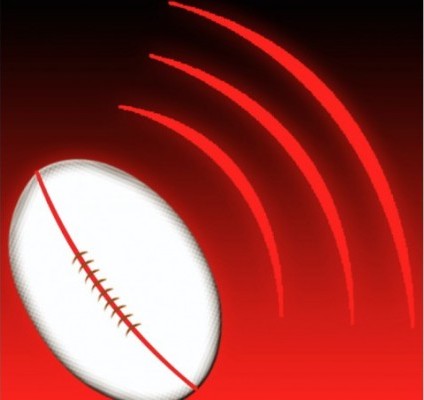Why the Wins? Tries.
Why the Wins? Tries.
The success of the USA Men’s 7s team from this year over last can be seen in the World Series placement (6th instead of 13th), and standings points (108 instead of 41).
Those are easy to see. So too, if you do a little research is winning percentage. In 2014-15, the USA played in 53 games, going 31-20-2, easily their best ever record. The year before, 14-34-2.
Why is that? The easy answer is, tries, and a more involved answer is, a focus on scoring them.
In both years, the Eagles were undefeated when they scored four tries or more in a game, and around .500 when they scored three per game. Their winning percentage when they scored two or fewer tries was .125 this season, and .029 last year.
The main difference, then, was that in 2014-15 the USA scored four or more tries 22 times, and three tries 15 times (going 7-6-2 in those games). In 2013-14, they scored four tries or more only 12 times, and were 1-3-2 in three-try games. Fully 64% of last season’s games saw the USA score two tries or fewer, and this year that percentage was down to 30%.
In 2013-14, the USA averaged 2.4 tries a game, and had a winning percentage of .300. In 2014-15 the USA averaged 3.6 tries a game, and had a winning percentage of .604.
Duh, score more tries and you win. Sure, but last season the Eagles were put together to play low-scoring games. The problem with that is, if you fall behind, it’s tough to come back. In addition, there was the Carlin Isles factor. The best try-scorer on the team was not used even half the time. He almost quit the team because he wasn’t being used enough. In addition, the replacement for Isles was Nic Edwards, who is a completely different type of player.
What Mike Friday did was get Perry Baker on the squad, teach Baker to play better, and then alternate Isles and Baker. Basically they became one player who played 14 minutes in every game, and in doing so scored 60 tries between them.
This was part of the USA team’s philosophy. Use the obvious option - the speed guys - and then work on other aspects of the team. Yes, all of the players improved over last year, but there’s something to be said for approach. Mike Friday’s USA 7s team was designed to take the attack to the opposition; to force defenses to stop them. As a result, they scored tries more often, scored lots of tries more often, and won games twice as often.











